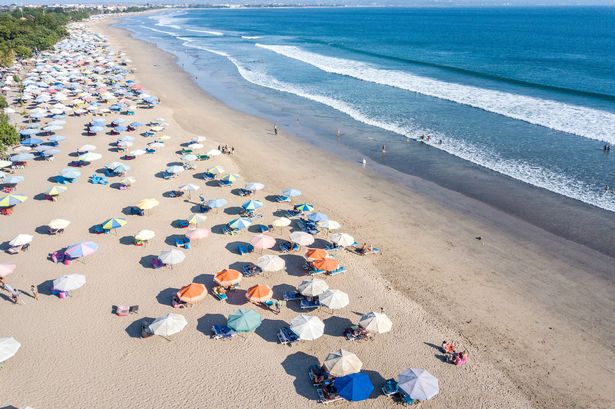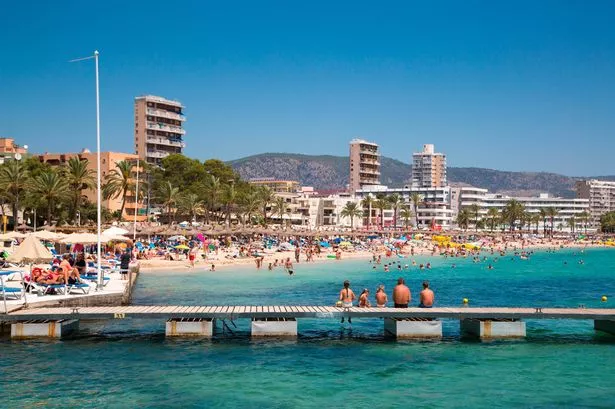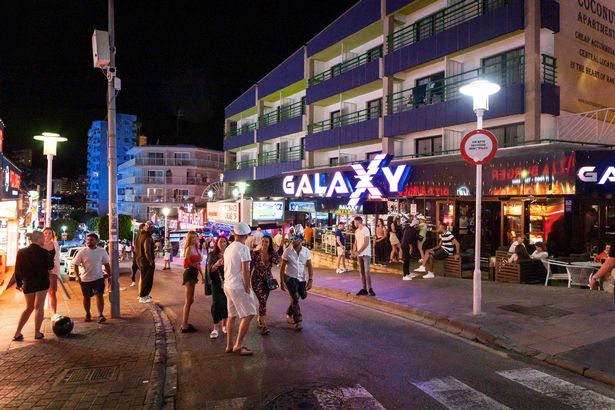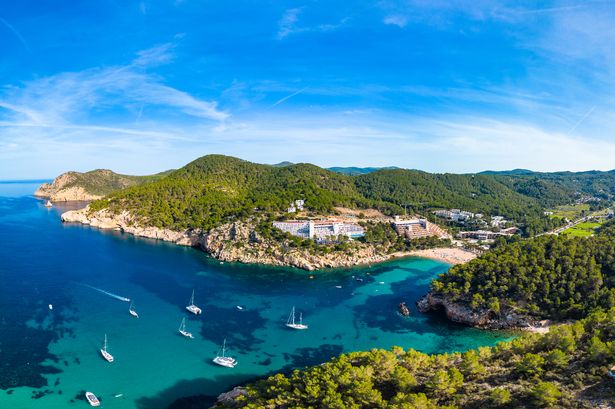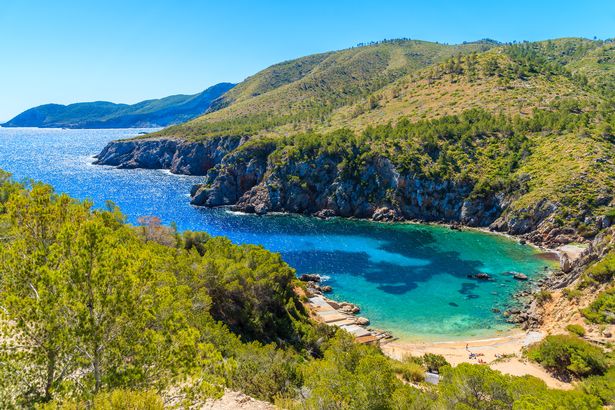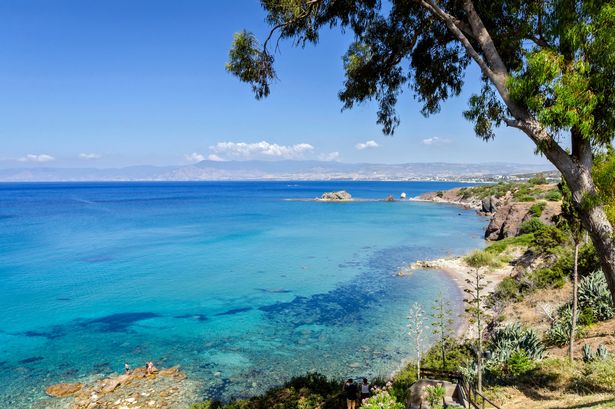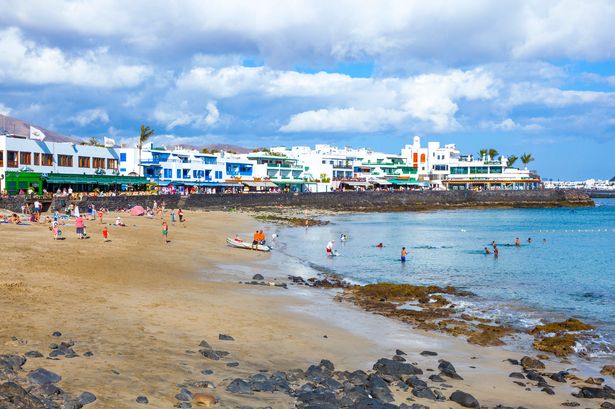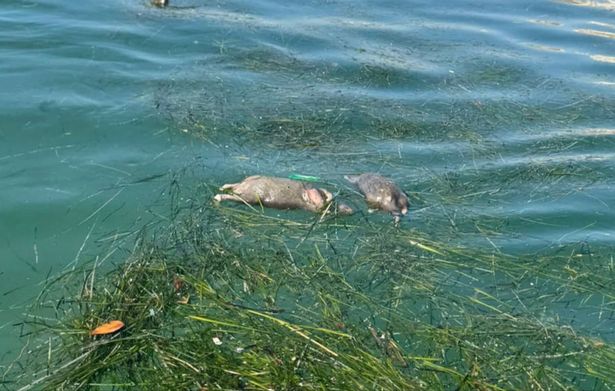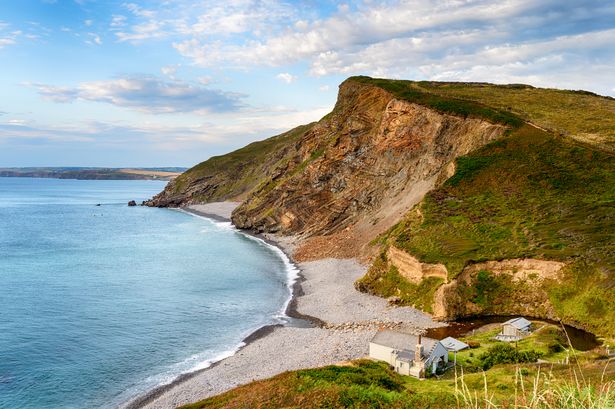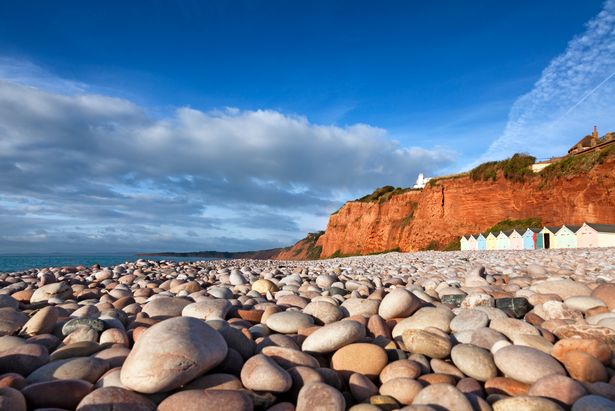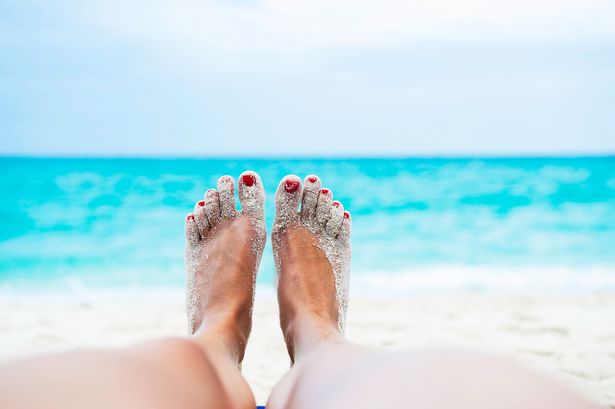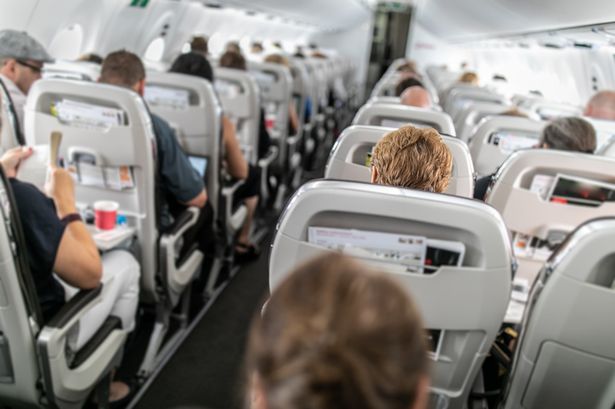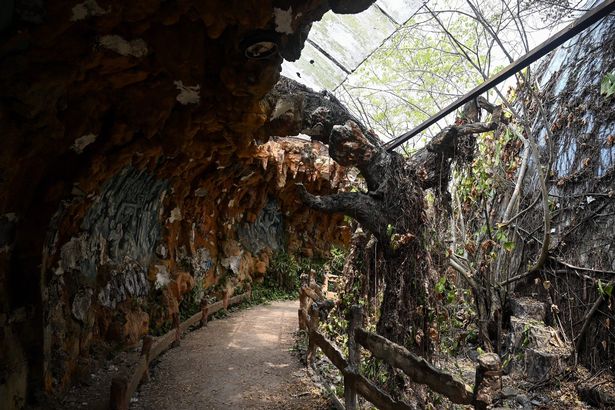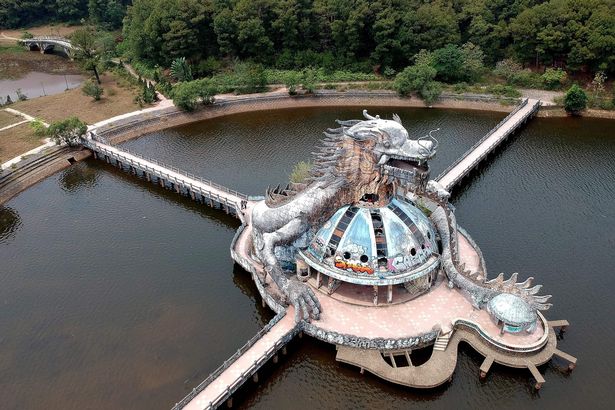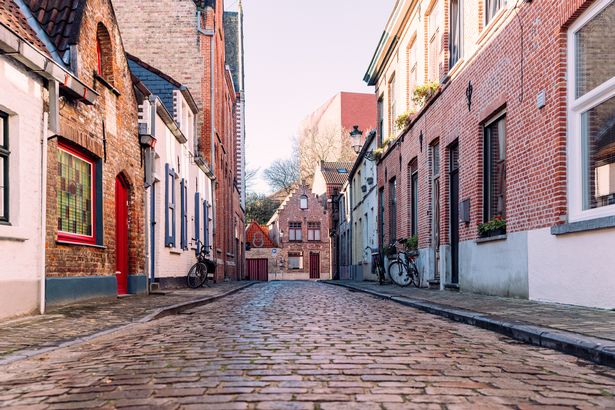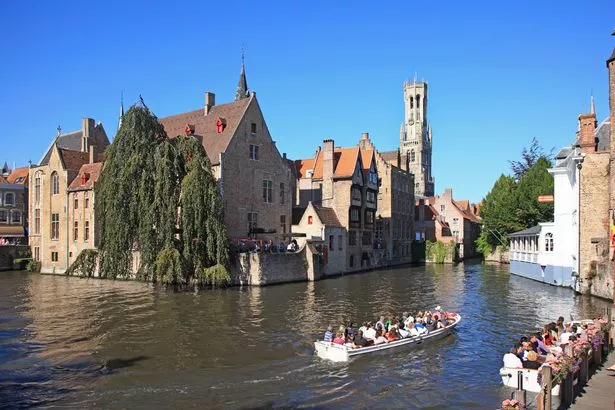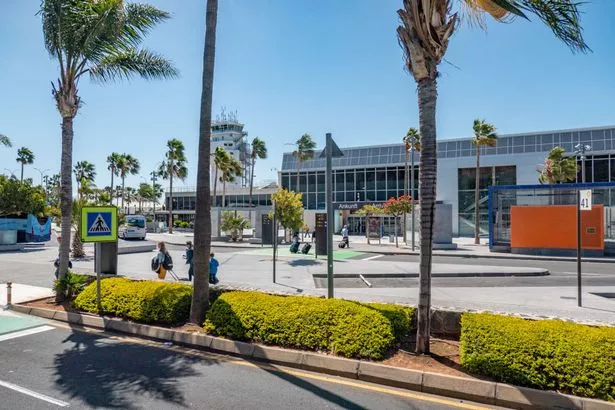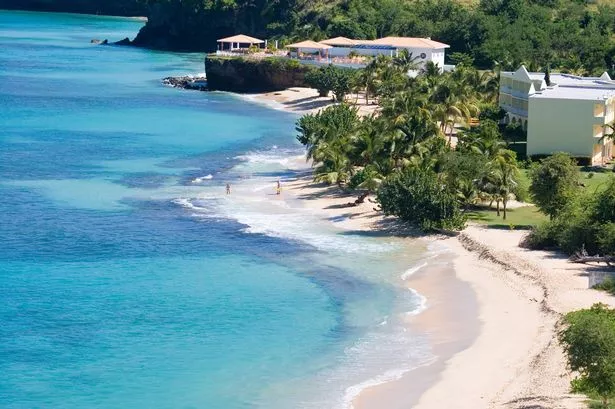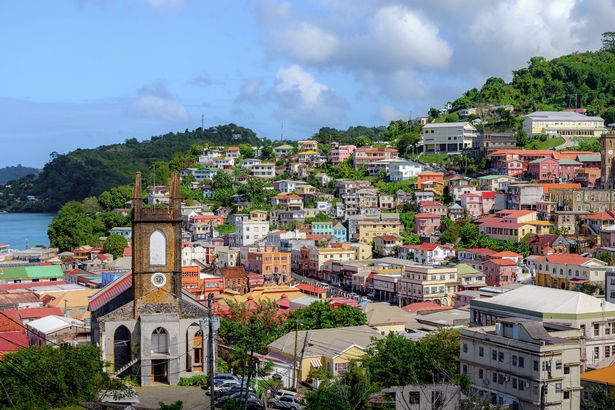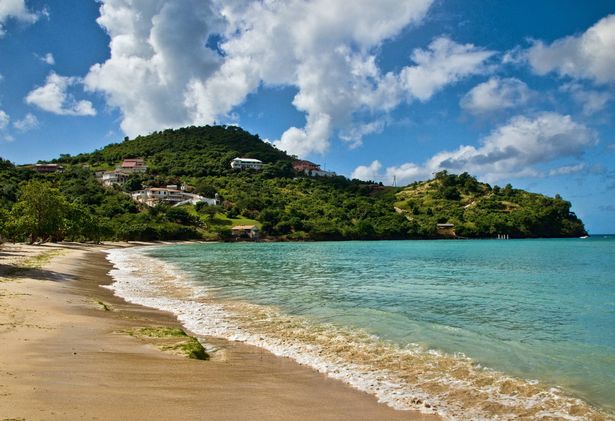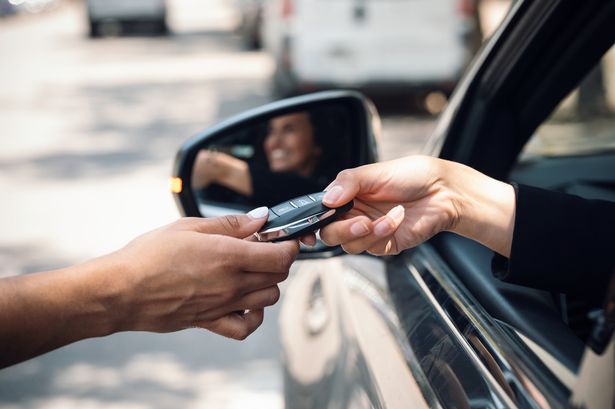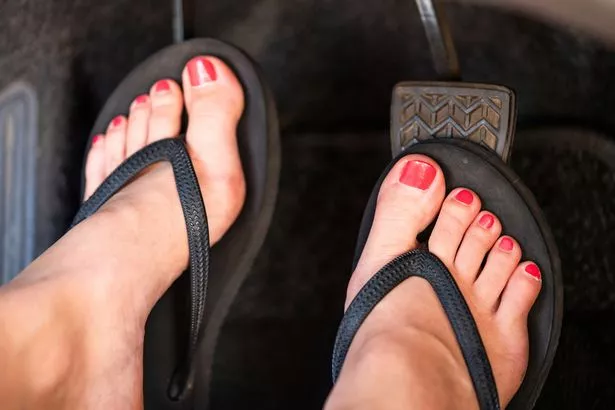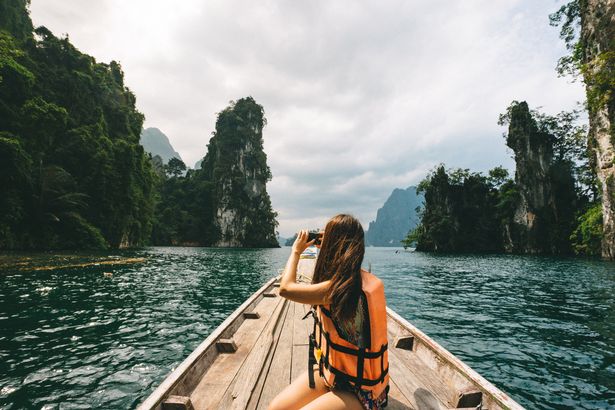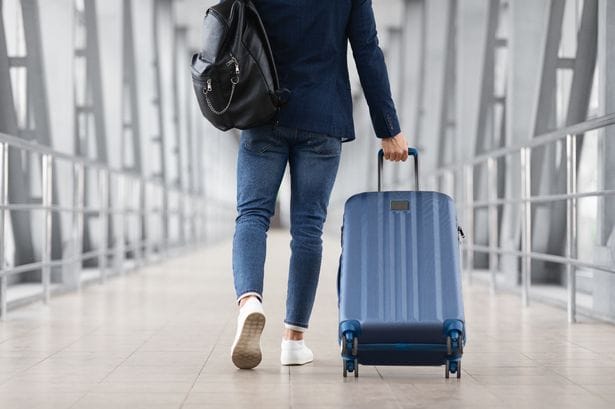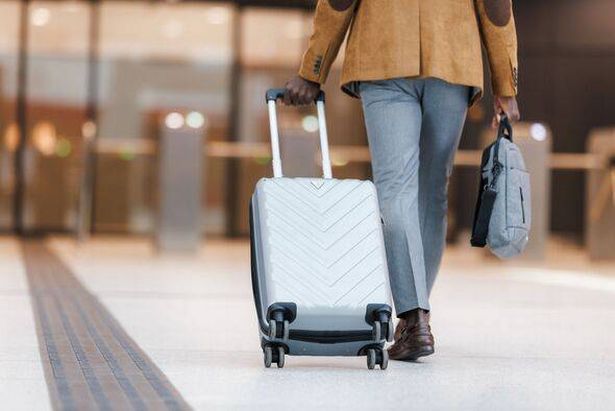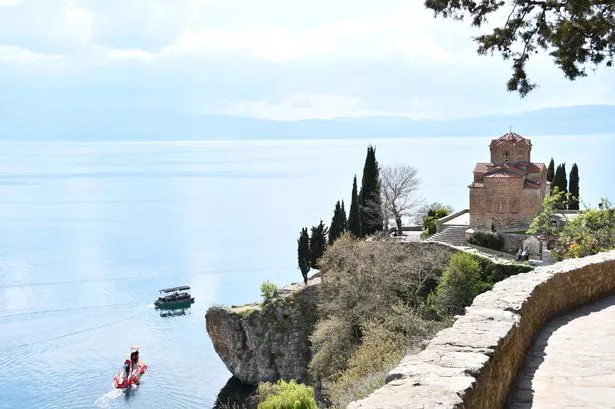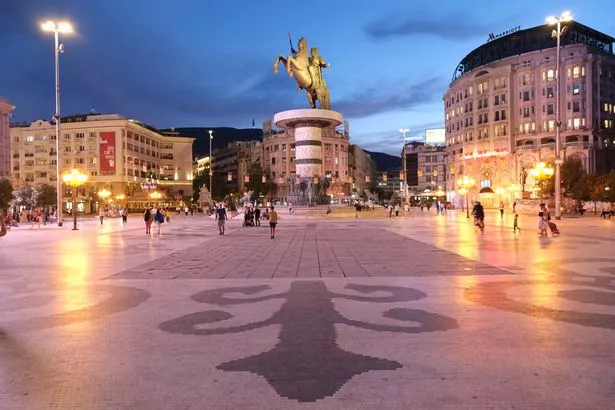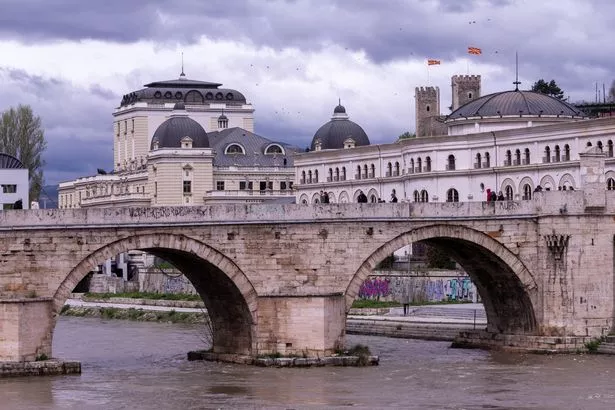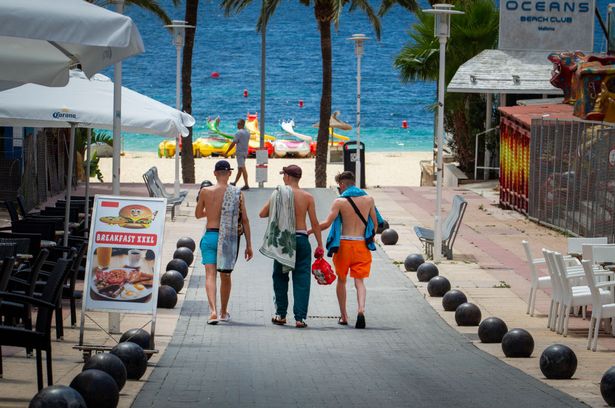Despite witnessing a record-breaking number of international tourists last year, one picture postcard island has witnessed a surge in incidents relating to methanol poisoning
A tiny island famed for its pristine beaches and lively nightlife has seen its tourism boom in recent years – despite stark travel warnings.
Whether you’re after a chilled beach club, silent yoga retreat, or TikTok-inspired spiritual awakening, Bali’s mass appeal is undeniable. It has some pretty stunning temples, sugar-like beaches, lush rice paddies, and an unbeatable cuisine. Last year, the hotspot, located in Indonesia, welcomed a staggering 6.3 million international tourists, surpassing its pre-pandemic peak.
Unsurprisingly, Australia accounted for the majority of tourists, due to its close proximity. But, last month (May 30) the country’s government reviewed its advice for Indonesia following a series of recent incidents involving drownings and methanol poisoning. Urging Aussies to ‘exercise a high degree of caution’ when travelling to the country – the body said: “Be alert to the potential risks around drink spiking and methanol poisoning through consuming alcoholic drinks. Cases of methanol poisoning in drinks have previously been reported in Indonesia, including in Bali and Lombok.”
READ MORE: Brits warned as four EU countries have little-known ban on popular luggage item
The Mirror contacted the Foreign, Commonwealth and Development Office (FCDO) – which advises Brits on which countries are safe to travel to – asking whether it was also updating its warning page for Indonesia to reflect the recent surge. A spokesperson did not explicitly comment on Australia’s updated advice, and instead sent over the organisation’s guide for Indonesia – which hasn’t been updated since April 8, 2025.
The FCDO currently advises against all travel to a number of volcanoes in Indonesia, including Mount Lewotobi Laki-Laki, Mount Sinabung, Mount Marapi, Mount Semeru, and Mount Ruang. However, it does not have a current warning against Bali for either essential or non-essential travel.
Still, under its ‘Safety and Security’ section, the FCDO has issued a blunt five-word warning for travellers: “Watch your drinks being prepared.” It adds: “There have been reports of drink spiking linked to sexual assault in Bali, Lombok and the Gili Islands.
“Do not leave [your drinks] unattended. Do not accept drinks from strangers at clubs or parties. Tourists have been assaulted or robbed after taking visitors to their hotel rooms, and in some cases have found that their drinks were spiked.”
The FCDO clearly states that many people, including British nationals, have died or suffered serious illness in Indonesia after drinking spirits that contain methanol due to inadequate distillation. Affected drinks have included:
- local spirits, including arak/arrack (a local rice or palm liquor)
- spirit-based mixed drinks, such as cocktails
- counterfeit brand-name bottled alcohol in shops or behind the bar
To protect yourself from methanol poisoning, it is recommended to only buy alcohol from licensed liquor stores or bars, and make sure the bottle seals are intact. It’s also worth checking for poor print quality or incorrect spelling on your beverages, as well as avoiding homemade alcoholic drinks.
The FCDO also warns tourists to be ‘alert’ when out at night and avoid poorly-lit areas due to a high number of reported rapes and sexual assaults. “If you call a taxi, use only registered companies, such as Bluebird, Silverbird or Express, and check the driver’s identity,” it states.
“If you book with a mobile app, check the driver is the same as the person on the app, and share your journey with a friend using the app. Be wary of drivers claiming to be registered with app companies and trying to pick up passengers on the street.”
Other safety warnings include credit card fraud, bag-snatching, and pickpocketing. “Conceal your bag as much as possible to reduce the risk. Carry only essential items and take care of your passport and bank cards,” the FCDO advises.
Do you have a story to share? Email us at [email protected] for a chance to be featured.
